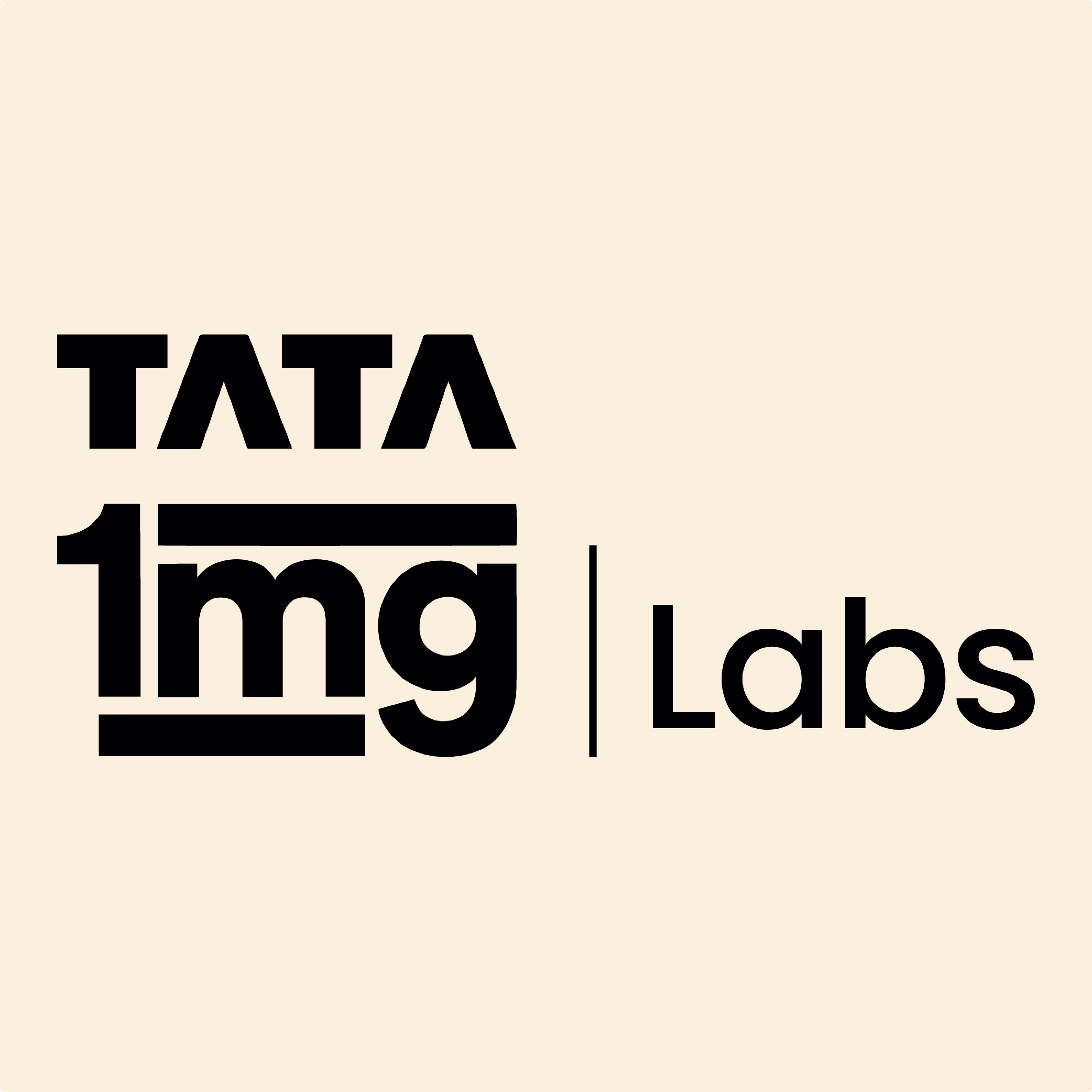
Bilirubin (Total, Direct and Indirect) near me in Varanasi
Understanding Bilirubin (Total, Direct and Indirect) in Varanasi
What is Bilirubin (Total, Direct and Indirect) in Varanasi?
The Bilirubin (Total, Direct and Indirect) is a blood test, often done as part of a Liver function test (LFT) measures all forms of bilirubin (total, direct, and indirect), a byproduct of old or damaged red blood cells. This test is available at an affordable price in Varanasi with Tata 1mg labs. It helps assess liver function and diagnose conditions such as hepatitis, cirrhosis, or hemolytic anemia. Elevated levels of bilirubin can cause jaundice, giving a yellowish tint to the skin and eyes.
Your doctor may suggest the Bilirubin (Total, Direct and Indirect) test if you exhibit symptoms of liver dysfunction, such as fatigue, abdominal pain, or yellowing of the skin and eyes. It is also done in newborns to assess the risk of neonatal jaundice. No fasting is required for this test. You may eat and drink as per your daily routine, although it's important to inform your doctor of any medications or supplements you are taking, as they might affect the test results.
What does Bilirubin (Total, Direct and Indirect) measure?
Contains 3 testsThe Bilirubin (Total, Direct and Indirect) test measures the level of three forms of bilirubin such as total bilirubin, direct (conjugated bilirubin), and indirect (unconjugated) bilirubin in the blood. Total bilirubin represents the sum of direct and indirect bilirubin. Direct bilirubin is the water-soluble form of bilirubin that has been processed by the liver via a conjugation process with glucuronic acid and is ready to be excreted into the bile ducts and ultimately into the intestines. Indirect bilirubin is the water-insoluble form of bilirubin that has not yet been processed by the liver and is bound to albumin in the blood. It is formed in the spleen and liver during the breakdown of hemoglobin from old or damaged red blood cells and cannot be excreted directly by the liver. Instead, it is transported to the liver, where it undergoes conjugation to become direct bilirubin.
Getting tested with the Bilirubin (Total, Direct and Indirect) test provides valuable information into various aspects of liver function, bile duct health, and the body’s ability to break down and eliminate bilirubin.

Bilirubin Indirect
The Bilirubin Indirect test measures the amount of indirect or unconjugated bilirubin in your body. Bilirubin is a yellowish byproduct primarily produced when your body breaks down aged red blood cells (RBCs). When RBCs finish their lifespan of 120 days, they break down and pass to your liver. Indirect bilirubin, a form of bilirubin that is unconjugated (not soluble in water), is bound to the protein albumin that helps transport it to the liver. When the liver processes the bilirubin, it unbinds from the albumin and binds to a sugar molecule, making it water-soluble. This water-soluble bilirubin is mixed with bile, excreted in the bile ducts, and stored in your gallbladder. Finally, bile is released into the small intestine to help digest fat and is eventually excreted with your stool as a waste product.
Know more about Bilirubin Indirect

Bilirubin Direct
The Bilirubin Direct test measures the amount of direct or conjugated bilirubin present in your body. Bilirubin is a yellowish byproduct primarily produced when the body breaks down aged RBCs. When the RBCs finish their lifespan of 120 days, they break down and pass to the liver. In the liver, direct bilirubin–a form of bilirubin conjugated with glucuronic acid (sugar)–is processed, mixed with bile, and then excreted in the bile ducts and stored in your gallbladder. Finally, the bile is released into the small intestine where it is further broken down and helps digest fat. It is eventually excreted within your stool as a waste product.
Elevated levels of bilirubin can be indicative of various liver or bile duct issues. Additionally, higher bilirubin levels might result from an increased breakdown of red blood cells in the body.
Know more about Bilirubin Direct

Bilirubin Total
The Bilirubin Total examination quantifies the levels of total bilirubin in the body, encompassing both indirect (unconjugated) and direct (conjugated) bilirubin. Bilirubin, a yellowish waste substance, is primarily generated during the breakdown of aging red blood cells (RBCs) in the body. After their typical lifespan of 120 days, RBCs disintegrate in the liver, leading to the production of a substantial amount of bilirubin. It is crucial for this bilirubin to be eliminated from the body.
Know more about Bilirubin Total
Answers to Patient Concerns & Frequently Asked Questions (FAQs) about Bilirubin (Total, Direct and Indirect) in Varanasi
Frequently Asked Questions about Bilirubin (Total, Direct and Indirect) in Varanasi
Q. Why is the Bilirubin (Total, Direct and Indirect) test done?
Q. Do I need to fast before taking the Bilirubin (Total, Direct and Indirect) test?
Q. Is there any risk associated with the Bilirubin (Total, Direct and Indirect) test?
Q. What other tests are advised along with the Bilirubin (Total, Direct and Indirect) test?
Q. Can I schedule the Bilirubin (Total, Direct and Indirect) test online in Varanasi near me?
Q. Is home sample collection facility available for the Bilirubin (Total, Direct and Indirect) test in Varanasi with Tata 1mg Labs?
Q. How can I schedule the Bilirubin (Total, Direct and Indirect) test with Tata 1mg Labs in Varanasi?
Q. What is the price of the Bilirubin (Total, Direct and Indirect) test at Tata 1mg Labs in Varanasi?
Q. How long does Tata 1mg Labs take to give the reports of the Bilirubin (Total, Direct and Indirect) test in Varanasi?
Book a Bilirubin (Total, Direct and Indirect) test at home near me





Other tests










